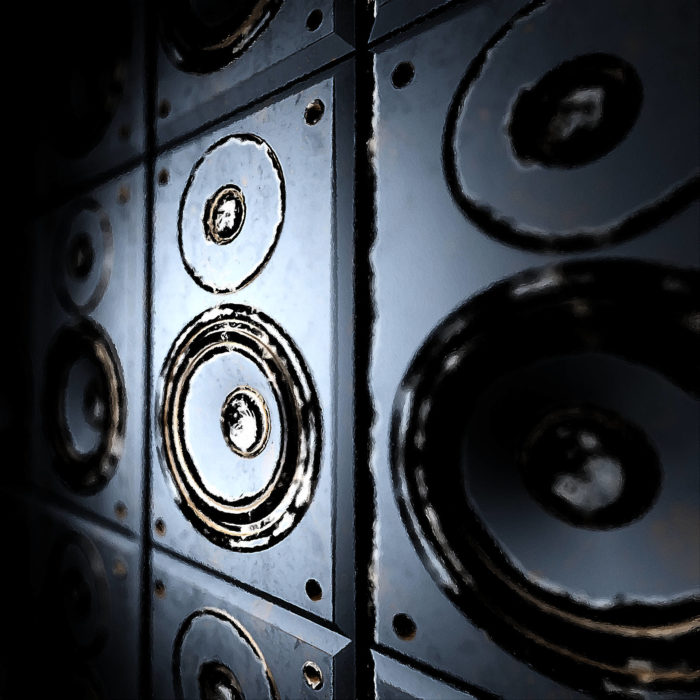You may pick two, maximum.
Please Remember:
The opinions expressed are mine only. These opinions do not necessarily reflect anybody else’s opinions. I do not own, operate, manage, or represent any band, venue, or company that I talk about, unless explicitly noted.

 Want to use this image for something else? Great! Click it for the link to a high-res or resolution-independent version.
Want to use this image for something else? Great! Click it for the link to a high-res or resolution-independent version.Most of you have probably heard the old chestnut, “Good, fast, cheap. You may pick two of the three.” The saying is an “iron law” of project management.
There’s a very similar law when it comes to loudspeakers:
A loudspeaker might be inherently efficient (Loud), it might reproduce useful low-frequency information (Low), and it might be compact in size (Little). You can’t get more than two of those things to happen at once.
By way of example, let’s take a gander at the high-frequency horn section in your typical, full-range, live-sound box. In all likelihood, it produces quite a bit of SPL with not very much power – lots of affordable, high-frequency compression drivers won’t handle more than 50 watts of continuous input. Heck, some can barely manage 20! The driver is quite small, especially when compared to a 12″ or 15″ cone.
Loud and little is 100% within that driver’s wheelhouse, but it won’t go low. If it did, there wouldn’t be a low-frequency driver in the cabinet. To prevent that itty-bitty compression driver from being wrecked, a high-pass crossover filter is needed. The corner frequency of that filter might be up at 2.5 kHz or so. There’s nobody on Earth who would confuse the high-midrange/ high-frequency transition zone for “lows.”
The above is fairly intuitive for most, but it can be a bit easier to get bamboozled when you see a big driver. An 18″ driver must be able to make really low-frequency material at high volume, right? Well…maybe. The box that driver is sitting in is a HUGE part of the equation; A large-diameter diaphragm isn’t enough. The smaller the box gets, the more power you have to dump into the driver to get the really deep material to play “loud.” Past a certain point, things get ridiculous in one way or another, which includes the unbridled hilarity of cooking the voice coil or destroying the suspension.
A compact subwoofer is highly unlikely to do a whole lot for you below about 50 Hz. Forty Hz might be doable at “half power” if the manufacturer is using a bandpass design for the box. (A bandpass design is great in a small frequency range, and terrible everywhere else – which is perfectly fine for a subwoofer.)
You have to decide on what you actually need, versus what you think you need.
For rock-band reinforcement, really deep bass actually isn’t a top requirement. Mostly, what we need is high output, though not so high that we run the whole audience out of the room. I haven’t really cared about anything below 50 Hz for a long time, especially because large SPL at low frequency is what annoys the “neighbors” the most easily. “Varsity-Level” EDM, on the other hand, can be HIGHLY dependent on very, very low frequency information (35 Hz or even lower) that has to be at levels exceeding 110 dB SPL C, slow-average. Doing that in a reasonable way demands bigger boxes, or several truckloads of smaller boxes.
So, when you’re out shopping for low-frequency loudspeakers, be wary of anything that claims to be effective for concert sound below 50 Hz, while also fitting easily into the trunk of a compact car. If a single box is going to play low AND loud without a staggering amount of amplifier power, it just can’t be little.